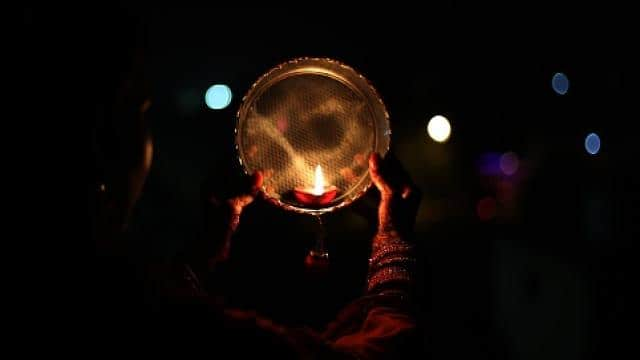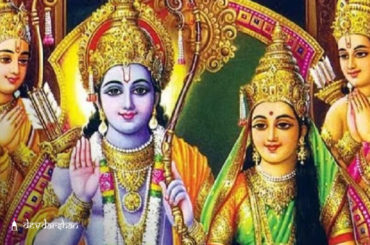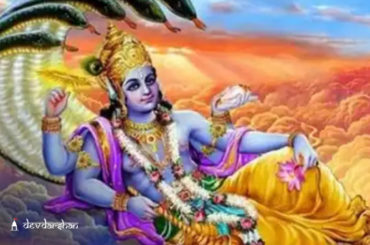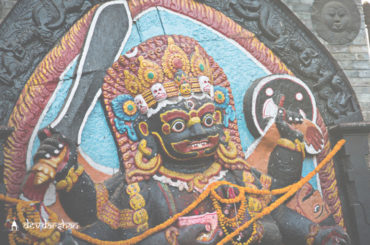Karwa Chauth is a famous Hindu festival celebrated by married women with a lot of grandeur in India. On this day, women observe strict a fast for the safety and longevity of their husbands. According to the Hindu calendar, Karwa Chauth is observed on the fourth day (Chaturthi Tithi) of the waning phase of the moon (Krishna paksha). The devotees offer prayers to Lord Shiva, Maa Parvati and Lord Ganesha. Worshipping Maa Parvati with full devotion on this day is considered very auspicious since she is the epitome of “Akhand Saumbhagyavati”. Generally, all the women get dressed up in red and break their fast only after seeing the moon and making offerings to it in the evening. Women receive expensive gifts such as bangles, sarees, necklaces etc from their husbands on this day.
Karwa Chauth 2023 Date and Tithi Timing
- Date: Wednesday, November 1, 2023
- Karwa Chauth Puja Muhurat: 05:36 p.m to 06:54 p.m
- Karwa Chauth Upavasa Time: 06:33 a.m to 08:15 p.m
- Moonrise on Karwa Chauth Day: 08:15 p.m
- Chaturthi Tithi Starts: 09:30 p.m on Oct 31, 2023
- Chaturthi Tithi Ends: 09:19 p.m on Nov 01, 2023
Significance and Benefits of Observing Karwa Chauth
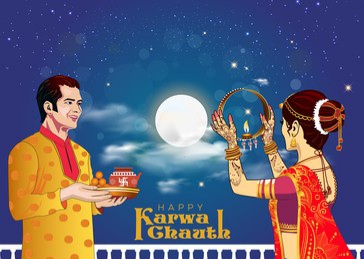
It’s a popular belief that, in ancient times, men generally stayed out of their houses for a long period of time, for months or years due to travel, work, trade or wars. Their wives couldn’t get in touch with them due to a lack of communication in the older times, so they used to perform special prayers, puja and fasting for their husband’s health and welfare. The concept of Karwa Chauth is derived from that idea.
Karwa Chauth is also popularly known as ‘Karak Chaturthi’ in some states of India. In Hindi, ‘Karva’ or ‘karak’ implies ‘a pot’ while ‘chauth’ means ‘the fourth day’. This signifies that water is offered to the full moon in earthen pots on the fourth day of Kartik month. The karwa also called ‘Argha’ is considered very auspicious and given away to an eligible woman in the family or to Brahmin as ‘Dan’ after the puja. Observing the Karwa Chauth Puja by wives ensures the longevity, well-being and prosperity of their husbands. Karwa Chauth is celebrated in the name of ‘Chhath Puja’ in the Indian states of Bihar, Jharkhand, Chhattisgarh and Madhya Pradesh.
Also read, Tula Sankranti- The festival of Indian Farmers!
Karwa Chauth Rituals
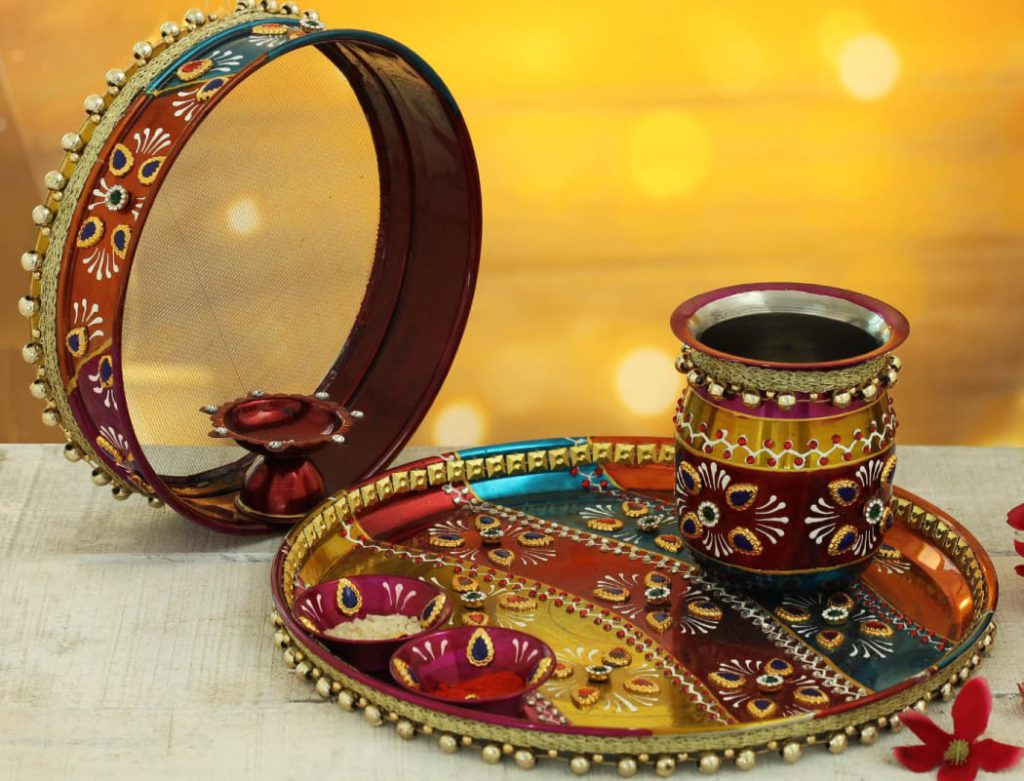
- First, married women apply Heena Mehendi on their hands on the eve of Karwa Chauth since it’s considered to be auspicious. It is believed that the deeper the colour of Mehendi on the wife’s hand, the more caring and affectionate is the husband.
- Then on the fasting day, women get up early in the morning, before sunrise to eat and drink properly. The food they intake is called ‘sargi’ which is mostly prepared by their mother-in-law.
- Then they keep a fast thread the entire day, from sunrise to moonrise. The fast is generally ‘nirjala’, that is, without the intake of water.
- In the evening the women get dressed up in red sarees or dresses and do Shringar too. Wearing red on the Karwa Chauth day is important since it symbolizes purity and marriage.
- The women of every community gather together in the evening and sit in circles with their thalis decorated with haldi, kumkum and other puja samagris.
- The Karwa Chauth puja is conducted where prayers are offered to Lord Shiva, Goddess Parvati and lord Ganesh. The women then read the local Karwa Chauth katha, recite bhajans and exchange their puja thalis in a circle till they get back their own.
- After the Karwa Chauth puja, women wait for the rising of the moon. Once the moon is visible, fasting women view the moon or its reflection through a sieve and then view their husband’s faces with the same. They perform Aarti of their husbands and take their blessings.
- Then, the husbands offer water and sweets to their wives from the thali to break their fast and the couples pray to the moon for peace, longevity and happiness.
Check out various Online Puja and services provided by DevDarshan here and get your bookings done in one click. If you want to know more about Indian culture, Indian Temples, Pujas and festivals, then download the DevDarshan App. Don’t forget to share this blog if you like it.

